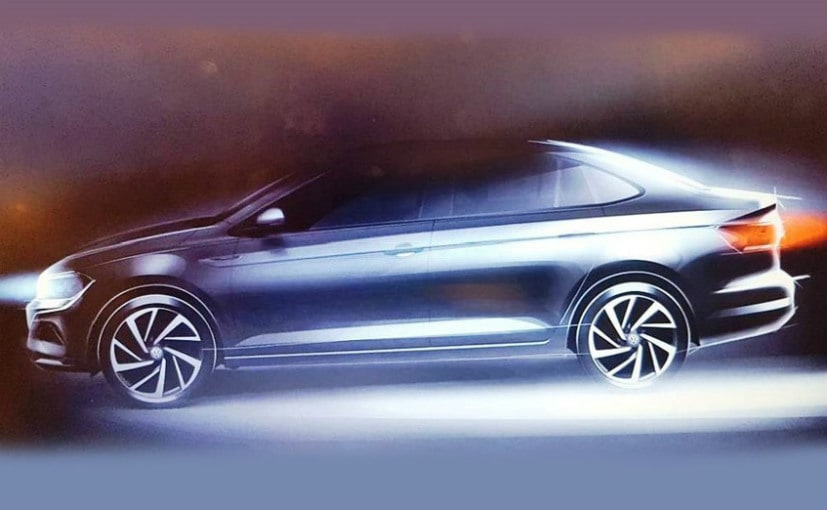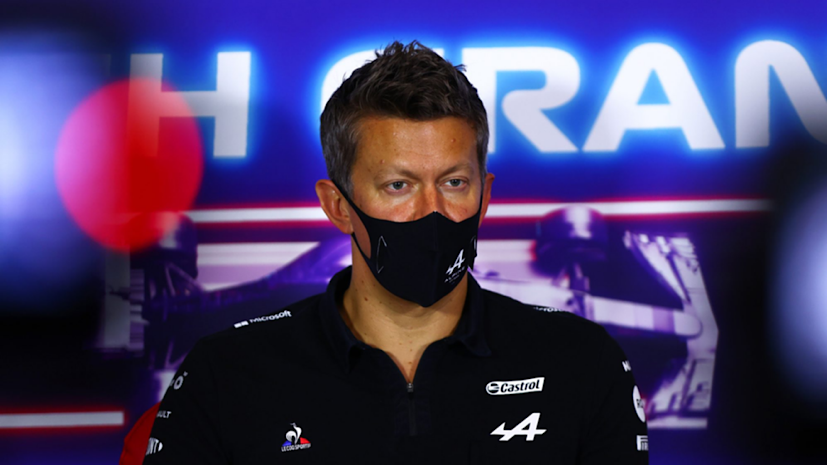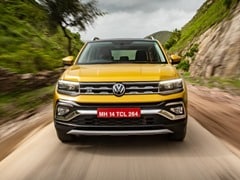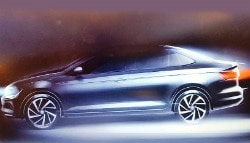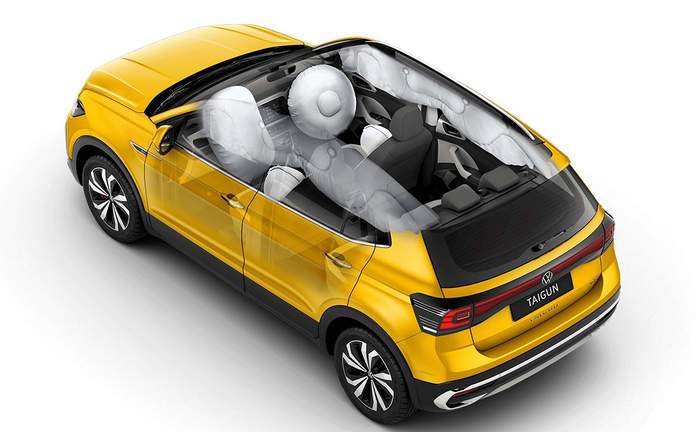The Volkswagen Taigun has been a runaway success for the German carmaker in India. It's the first VW product to be spawned by the new MQB A0 IN platform and has already bagged over 20,000 bookings in the Indian market since its launch last year. In fact, the company has received around 5000 bookings for the Taigun in January 2022 itself and is planning to ramp up production to upto 3500 units per month in a bid to ensure timely delivery, which in-turn will help the German carmaker capture 2 per cent market share in India by the end of 2022.
Also Read: Exclusive: Volkswagen India Targets 2 Per Cent Market Share In 2022

The cabin gets a virtual instrument cluster, a three-spoke steering wheel, and red ambient lighting
Speaking to Siddharth Vinayak Patankar, Editor-In-Chief - carandbike on the latest Freewheeling With SVP webisode, Ashish Gupta, Brand Director - Volkswagen India, "We started the year with live bookings close to 5000 and more bookings are likely to come for the new model year vehicles because a lot of cancellation happened at the year end but I am sure those bookings will come. But live bookings we are close to 5000 bookings. Production we are looking at producing around 3000 - 3500 Taiguns every month. That's the plan, but of course it will depend upon the semiconductor availability."
Also Read: Exclusive: Volkswagen Targets Double Sales Volume In 2022

The Volkswagen Taigun comes with two engine options.
The Volkswagen Taigun went on sale in India in September last year and entered the hotly contested compact SUV space in our market. It goes up against some of the well-established Korean rivals like the Hyundai Creta and Kia Seltos, while also rivalling its sister brand's car - the Skoda Kushaq. The Volkswagen Taigun comes pretty well loaded in the creature comforts department and in our exclusive comparison review with the Creta, it impressed us with its driving dynamics and performance. The Volkswagen Taigun is offered in India with two turbo petrol engine options. First up, there is the tried and tested 1.0-litre, three-cylinder TSI petrol which does duty in a range of VW and Skoda cars. This engine comes with a six-speed manual transmission as standard while a six-speed torque converter automatic is optional. Then is the bigger 1.5-litre, four-cylinder TSI petrol engine that too is offered with a six-speed manual gearbox and a seven-speed dual-clutch transmission (DCT).
For the latest auto news and reviews, follow carandbike.com on Twitter, Facebook, and subscribe to our YouTube channel.



